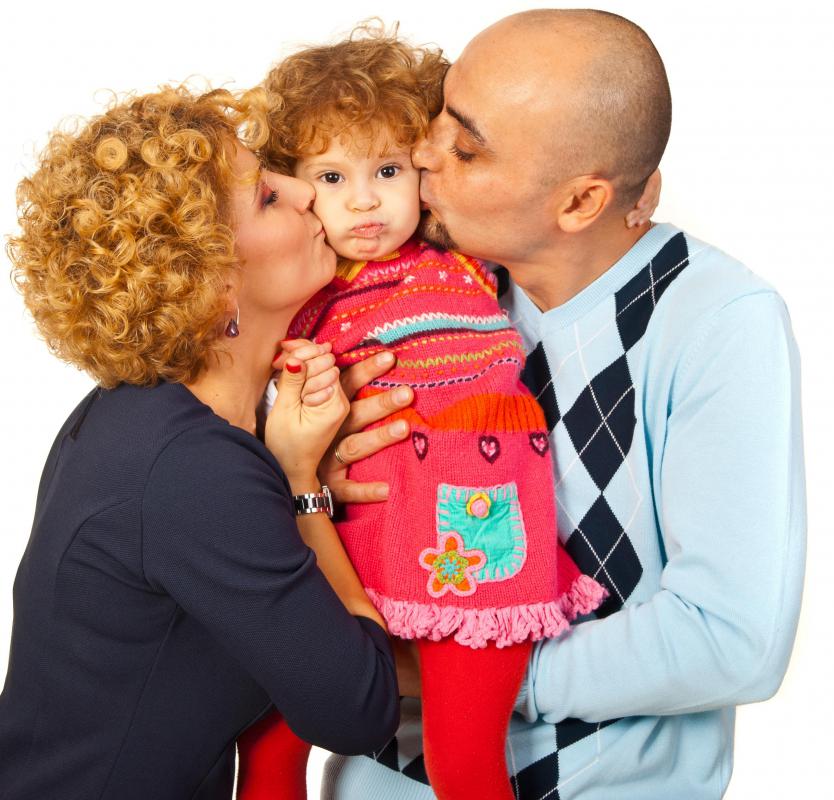At WiseGEEK, we're committed to delivering accurate, trustworthy information. Our expert-authored content is rigorously fact-checked and sourced from credible authorities. Discover how we uphold the highest standards in providing you with reliable knowledge.
What is the Convention on the Rights of the Child?
The Convention on the Rights of the Child, also known as CRC or UNCRC, was adopted by the United Nations on 20 November 1989. The international convention was created to grant children basic human rights, offer help to fulfill their basic needs, and to support the development of their personal potential. It outlines the cultural, political, civil, social, and economic rights of all children. All nations that ratify the convention agree to be held to it by international law.
The general purpose of the UNCRC is to establish a uniform international understanding of the need for children to be allowed basic human rights without discrimination, regardless of social status, origins, or beliefs. Specifically, areas in which those rights are promoted include health care, education, and the development of a safe, healthy living environment. It also includes informing children of their rights and encouraging them to reach their full potential.

An international legal instrument, the Convention on the Rights of the Child outlined minimum standards for the protection of children and their rights, whether they be political, civil, economical, or cultural. Nearly every nation has adopted this human rights treaty. Only Somalia and the United States have not ratified the convention.
The United Nations outlines the requirements of the convention in a document consisting of 54 main articles and two protocols that are optional. These rights are protected with minimum standards in social, legal, and civil services in addition to health care and education. The basic human rights protected include protection from exploitation and abuse, and the right to life, survival, and the ability to develop to the fullest potential.

By establishing a common reference to use in ensuring, assessing and tracking the progress of human rights, the convention aims to lift the standard of living for children worldwide. It holds member nations accountable for the safety and well-being of their children, while offering guidelines to achieve those minimum requirements.
Adhering to the convention includes both providing opportunities for children and abstaining from any governmental decisions that jeopardize their well-being. Periodically, member nations are required to report to a panel of independent experts in order to ensure that the minimum requirements of the convention are being fulfilled. This review serves as a method of surveillance and support of the member nation.
AS FEATURED ON:
AS FEATURED ON:













Discuss this Article
Post your comments